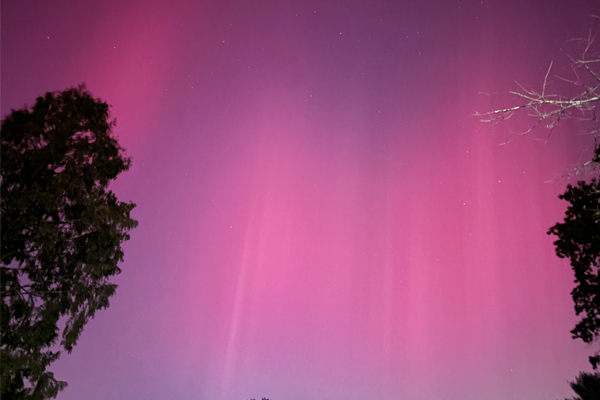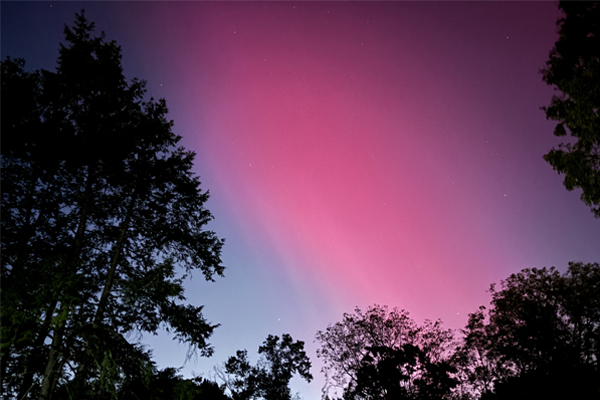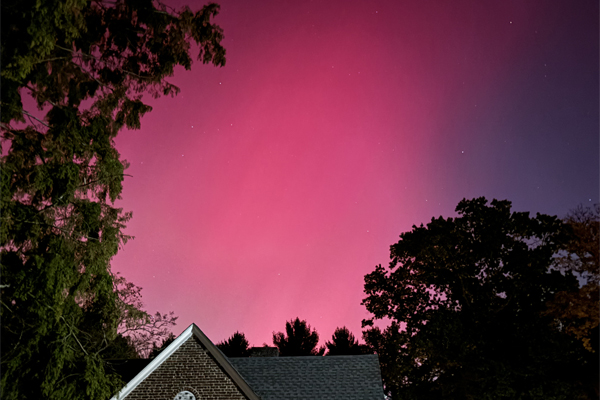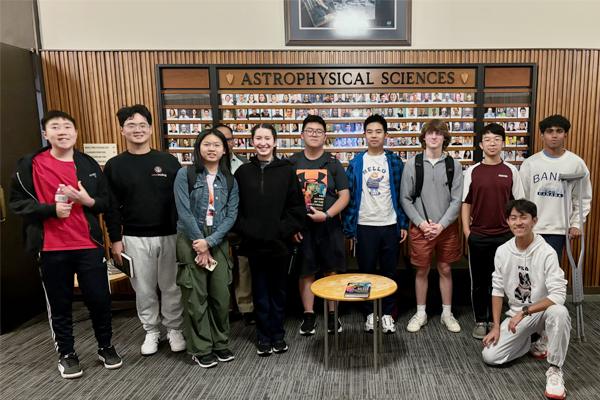PRISMS Radio-Astronomy Observatory: How They Spent Last Week?




Last week, the PRISMS Radio-astronomy Observatory, a student-led club founded by Frank Liu '25, participated in several exciting astronomy events.
On Tuesday evening, students attended a lecture on the multiverse by Professor Paul Halpern from Saint Joseph University of Pennsylvania. He began with an introduction to the concept of the multiverse in literature and film and then transitioned to discussing the differences between the popular notion of the multiverse and the scientific one. He reviewed the term's history and outlined key scientific discoveries supporting multiverse theories. The talk concluded with a discussion of various possible multiverses backed by cutting-edge theories. Quantum theory, for instance, suggests a multiverse exists when observations are not being conducted, while cosmological models predict the existence of universes beyond ours-each with different Hubble constants, dark matter compositions, and other properties. His in-depth analysis left a strong impression on the students. One PRISMS student remarked, "I was shocked by how he tied everything together so seamlessly."
On Thursday evening, a group of students visited the Amateur Astronomers Association of Princeton (AAAP) Observatory, where they observed Saturn, the M27 Nebula, the Ring Nebula, and other celestial objects. They learned how to locate stars using specialized software and saw the large, software-controlled telescopes in action. A highlight of the trip was witnessing the aurora at its unusually low latitude, since auroras are most commonly seen in the polar regions with high latitude.
PRISMS physics teacher, Dr. Kirk, expressed his pride in his students, noting that the local astronomers were impressed by the depth and quality of PRISMS students' thinking during both the multiverse lecture and the observation session.